In the movie Dr. Zhivago, there is a memorable quote that goes something like, ”if you scratch a Russian, a peasant can be found”. In our case, the quote is “if you give a suburbanite a cool idea, the frontierswoman come out.” Melissa got the idea of straw bale gardening from a book by Joel Karsten. Joel comes to us from Minnesota where the growing season is incredibly short and the soil tough to cultivate. At the tip of Michigan’s Thumb, the situation in northern Huron County is similar. With a large lot next to our cottage consisting of mostly of sand and a little acidic oak leaf loam the opportunity to put in a really successful garden was remote. So Melissa decided to experiment.
You Want Straw For What?
In farm country straw is used for animal bedding. In addition, it’s typically cut and baled in the fall in huge rolls consisting of several hundred pounds. Finding baled straw in smaller bales is proved tough. However, we managed to find a supply near Bayport that delivered a dozen bales to our lot. After heaving them into place and placing a snow fence around the site to deter deer, (good luck with that said a friend), we had an impressive structure of straw in neat rows and surrounded by security. We looked like a Denver-based horticulture operation. Now what.
Benefits of Straw Bale Gardening
- Easy to Work With: The raised bed of the bale means no hands and knees in the dirt.
- Cheap Alternative: The bales range in cost from $6-8 each. Compare to $10-15 for the equivalent of potting soil and peat moss.
- Place Them Anywhere: Bales can be placed anywhere sunny. A driveway, along a fence, or even a patio.
- A Different Way to Garden: We ended up touring the bale stacks numerous times with friends and neighbors checking the progress of the plants.
Straw Bale Gardening – Time to experiment!
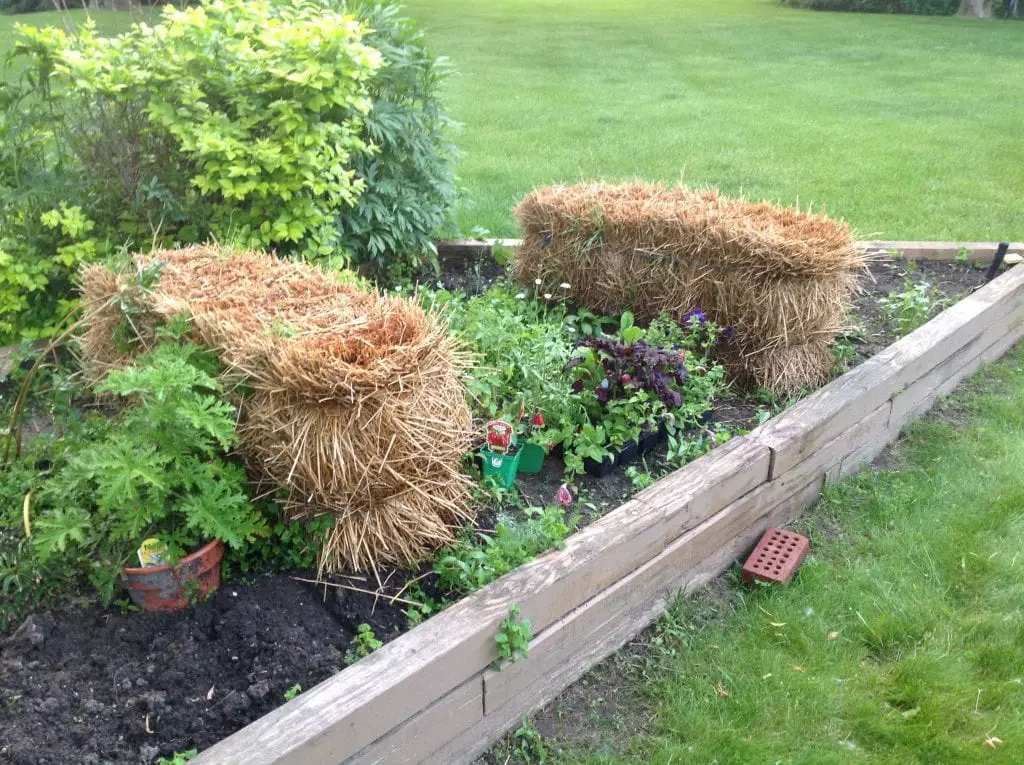
Our season has not started where someone can be full-time up in the tip of the thumb. We still had to go to work. So we decided to get a couple of bales for the suburban backyard and start the 12-day “cooking” process required to break down the fibrous matter into the lush soil-less material in which to plant. This offered us a chance to carefully hone the skills required of our 12 bail garden up north. We spent about two weeks alternating between spreading organic fertilizer (pee-you) and watering.
Lots of Fertilizer and More Fertilizer
The process to create an environment to grow plants in straw bales starts with water and fertilizer. We started with inexpensive organic chicken droppings and a commercial 10-10-10 blend of fertilizer. Consult with a reference guide available online on the best mix depending on your target crop. We alternated between watering one day, followed by a sprinkle of a small amount of fertilizer, 2-3 cups per bale, the next. This process begins to break down the fibers and soak in moisture and nutrients from the fertilizer. You begin to smell your progress in about a week.
By the final days, the bales are now decomposing with an internal temperature exceeding 90 degrees. I sacrificed my digital beer brewing thermometer for the cause. If you stick your hand inside the bales, they should be warm and wet. You may also start seeing a breakdown of the straw into grey or black. This is a great sign. The start of composting has started and will continue through the season.
Straw Bales For a Landscape Effect
Creative gardeners are using their straw bales as part of an overall landscaping treatment. Since the bales create an elevated garden, some use stone, bricks, or other reclaimed material and incorporate it as part of their design. The benefit of creating an edge around the bales is that it keeps the straw in place as it breaks down. Especially during a windy rainstorm. For more ideas on creative designs and materials for straw bale gardening see the Happy DIY Site’s article A Beginners Guide to Straw Bale Gardening for more tips of the trade.
Transferring this Experience into a Working Straw Bale Garden
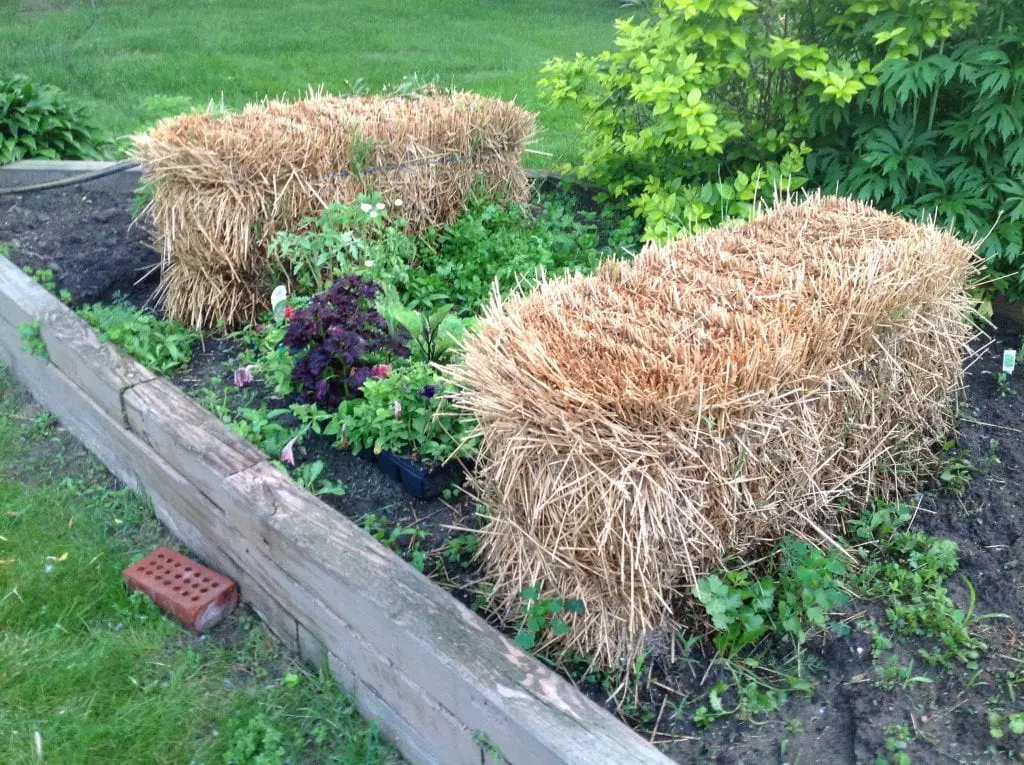
Over a Memorial Weekend campfire and several bottles of Trader Joe’s “2 Buck Chuck,” we convinced our friends and neighbors to at the cottage contribute the effort by hosing down our northern garden each day then spend alternate days spreading cool smelling chicken poop 10-10-10 onto the top of the bales. With 12 bales cooking I hope that the wind is blowing off the beach. it’s ripe! By the second weekend of June, we were able to plant several trays of seedlings from the nursery.
We bought a soaker hose to place on the bales. This reduced the evaporation of the sprinkler and directly watered each plant. We also noticed that some of the bales started spouting other plants. This was because some of the bales were contaminated by weeds or were really hay sold as straw. However, weeding is easy.
Mixed Results From Our Straw Bale Garden
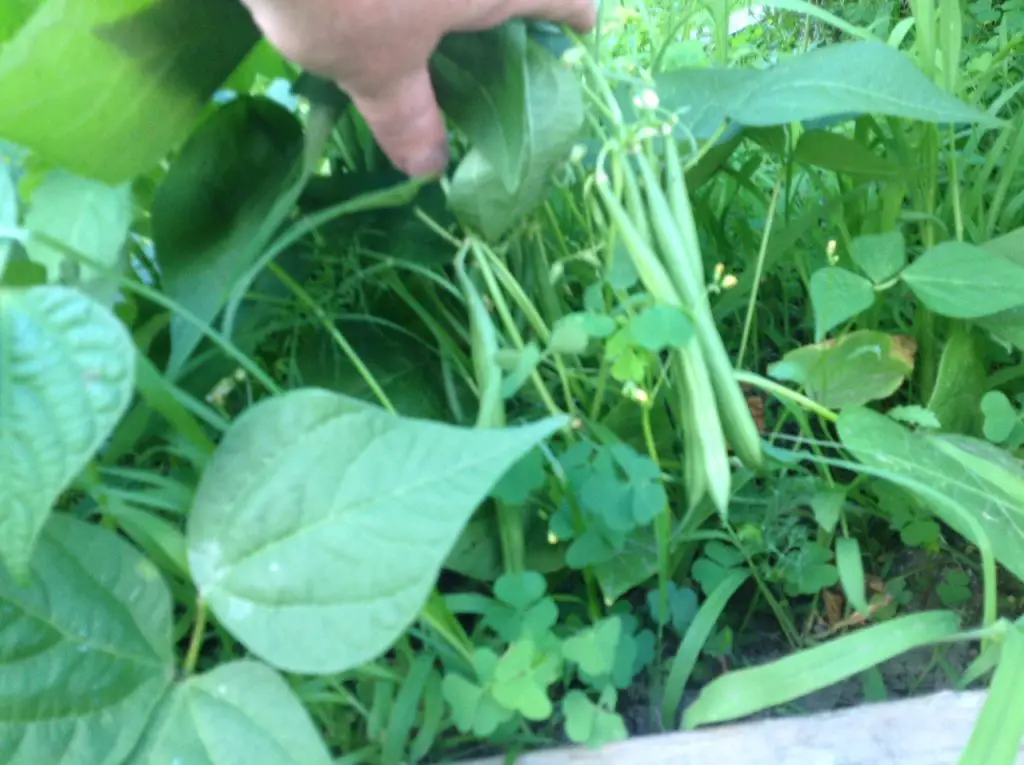
The overall results of our straw bale gardening for the season were less than expected. We planted a variety of vegetables: tomatoes, peppers, squash, eggplant, and even pole beans. While everything grew, the overall yield was less due to the lack of direct sun and the drying of the bales by the breezes coming up from the beach. The stress that the plants endured from the dry-wet cycle gave rise to some blight. The bean leaves had black spots from a fungus.
During our initial planting in the early summer, I planted a row of beans along the snow fence. I loosened the sandy soil and mixed in a little peat moss. Then fertilized with the 10-10-10 mix that we used on the bales. In no time, we had beans with each of our weekend meals.
Here is What We Learned With Straw Bale Gardening
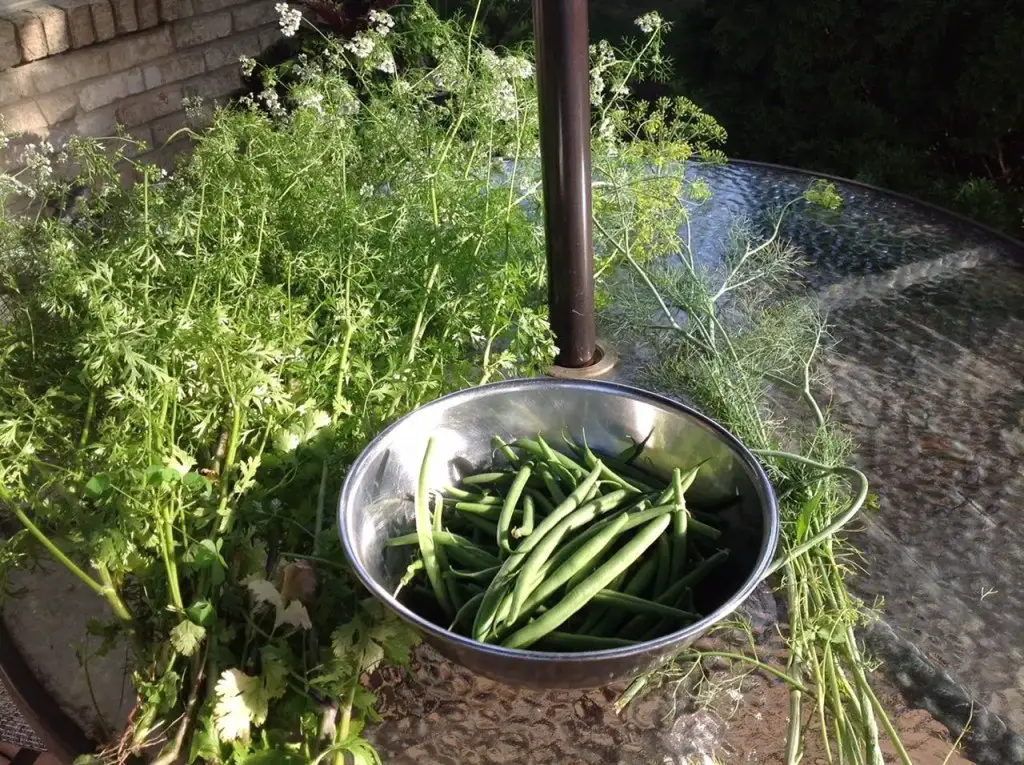
Sun Is Key: We thought that the soil condition was the primary success factor in a good garden. It is not. It turns out that as the summer season progresses the leaves from nearby trees had an impact on the amount of sun our bale garden was getting. The morning shade meant that moisture did not evaporate from nighttime dew until late in the day. This heavy moisture content and rich nutrients gave rise to spore growth on the plants. Full sun would have helped.
Time Is Key: We found that straw bales are plentiful and cheap in the fall. By placing the bales in winter the breakdown process will begin and you will be more ready to plant in the Spring. You can also check out this article, to know more about vegetable gardening.
Related Upper Thumb Reading

10 Joys of Cottage Life in Michigan – Having a second home, cottage, or cabin is a Michigan tradition. In the 2010 U.S. Census, it was found that there are over 230,000 secondary residences in Michigan. These are typically seasonal and used for summer weekends and vacations.

The Cottage Art of Roadside Signs – If you’re driving along M-25 along the coast of Lake Huron and Saginaw Bay in the Upper Thumb you may start to notice a decorative version of “cottage sign art”. These kitschy signs typically get overlooked. They are little gems of folksy creativity signal of what lay beyond and out of reach for those who are not invited yet these symbols say “Welcome Here”

Caseville Pumpkin Festival – When the summer is over the weather is still nice through October. But the daylight is shortening and the evenings are cool. So it’s no surprise that the last festival of the year rolls into Caseville during an October weekend. The Caseville Pumpkin Festival is a family-oriented weekend of scarecrow making, pumpkin carving, hayrides, and all kinds of contests.
Discover more from Thumbwind
Subscribe to get the latest posts sent to your email.


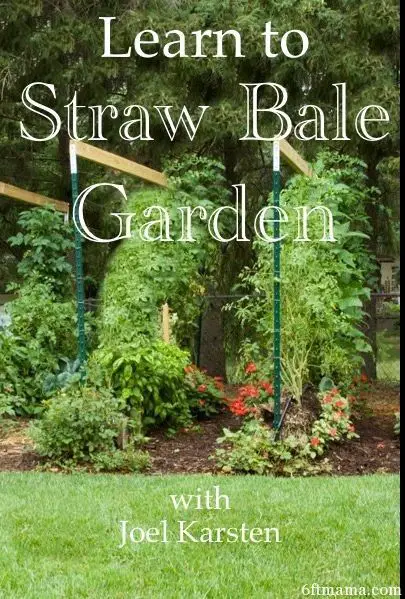

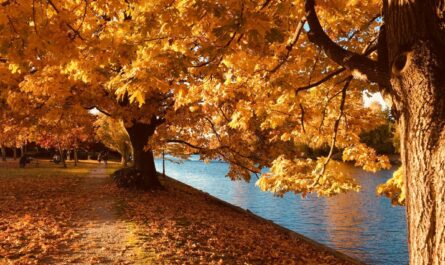
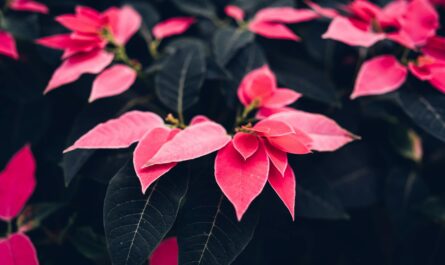
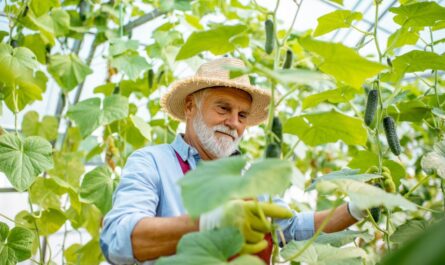
With the rich nutrients of… sand, I have been thinking about this, for Florida. My #1 growing secret at present, is Miracle Grow.
Its a 12 DAY process, not 12 week